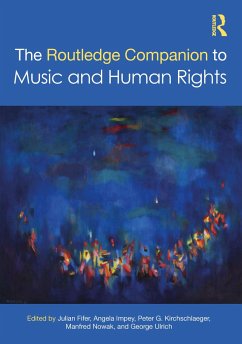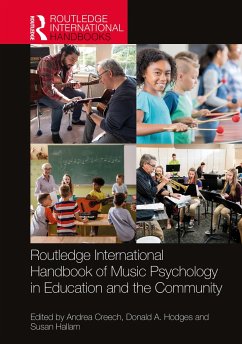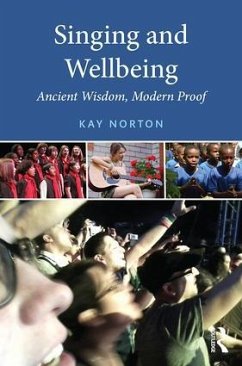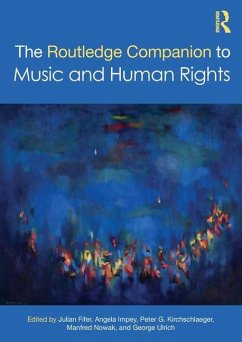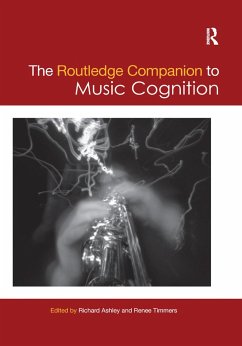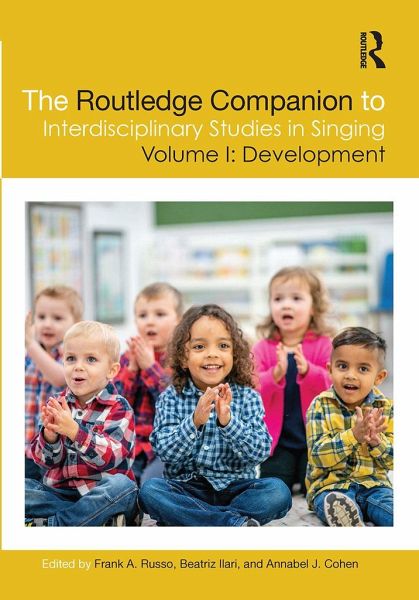
The Routledge Companion to Interdisciplinary Studies in Singing, Volume I
Development
Herausgegeben: Russo, Frank A.; Ilari, Beatriz; Cohen, Annabel J.
Versandkostenfrei!
Versandfertig in 6-10 Tagen
50,99 €
inkl. MwSt.

PAYBACK Punkte
25 °P sammeln!
The Routledge Companion to Interdisciplinary Studies in Singing, Volume I: Development introduces the many voices necessary to better understand the act of singing-a complex human behaviour that emerges without deliberate training. Presenting research from the social sciences and humanities alongside that of the natural sciences and medicine alike, this companion explores the relationship between hearing sensitivity and vocal production, in turn identifying how singing is integrated with sensory and cognitive systems while investigating the ways we test and measure singing ability and developm...
The Routledge Companion to Interdisciplinary Studies in Singing, Volume I: Development introduces the many voices necessary to better understand the act of singing-a complex human behaviour that emerges without deliberate training. Presenting research from the social sciences and humanities alongside that of the natural sciences and medicine alike, this companion explores the relationship between hearing sensitivity and vocal production, in turn identifying how singing is integrated with sensory and cognitive systems while investigating the ways we test and measure singing ability and development. Contributors consider the development of singing within the context of the entire lifespan, focusing on its cognitive, social, and emotional significance in four parts:
Musical, historical and scientific foundations Perception and productionMultimodalityAssessment
In 2009, the Social Sciences and Humanities Research Council of Canada funded a seven-year major collaborative research initiative known as Advancing Interdisciplinary Research in Singing (AIRS). Together, global researchers from a broad range of disciplines addressed three challenging questions: How does singing develop in every human being? How should singing be taught and used to teach? How does singing impact wellbeing? Across three volumes, The Routledge Companion to Interdisciplinary Studies in Singing consolidates the findings of each of these three questions, defining the current state of theory and research in the field. Volume I: Development tackles the first of these three questions, tracking development from infancy through childhood to adult years.
Musical, historical and scientific foundations Perception and productionMultimodalityAssessment
In 2009, the Social Sciences and Humanities Research Council of Canada funded a seven-year major collaborative research initiative known as Advancing Interdisciplinary Research in Singing (AIRS). Together, global researchers from a broad range of disciplines addressed three challenging questions: How does singing develop in every human being? How should singing be taught and used to teach? How does singing impact wellbeing? Across three volumes, The Routledge Companion to Interdisciplinary Studies in Singing consolidates the findings of each of these three questions, defining the current state of theory and research in the field. Volume I: Development tackles the first of these three questions, tracking development from infancy through childhood to adult years.






